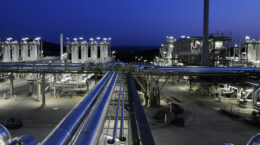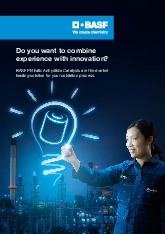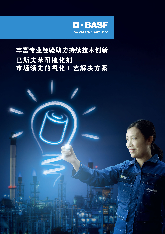Why BASF?
BASF has produced phthalic anhydride for over 140 years and researched PA catalysts for more than 120 years. Since 1837, our site in Ludwigshafen, Germany has produced more than 4 million tons of PA. We have worked with post reactors since 1980, and we have more than 80 years of experience in the loading and start-up supervision of phthalic anhydride catalysts. With those decades of accumulated knowledge and insight, we stand behind our products.
When it comes to BASF’s offerings, delivering products to the customer site is just the beginning. Our technical service representatives in Asia, Europe and America ensure products always perform and deliver exceptional value to users. They do that with extensive professional expertise in phthalic anhydride catalysts, including hands-on operational experience in supervision, start-up assistance, and catalyst performance optimization.
Our expertise includes:
- O-Xylene and naphthalene/mixed feed oxidation in fixed bed process
- O-Xylene loadings up to 100 g/Nm3
- Supply of complete catalyst filling and measurement equipment on loan basis, including 5-tube, 10-tube and 20-tube catalyst filling machines
- Optimization of catalyst operation condition using portable COx analyzers
- Verification of air flow measurements by total combustion











